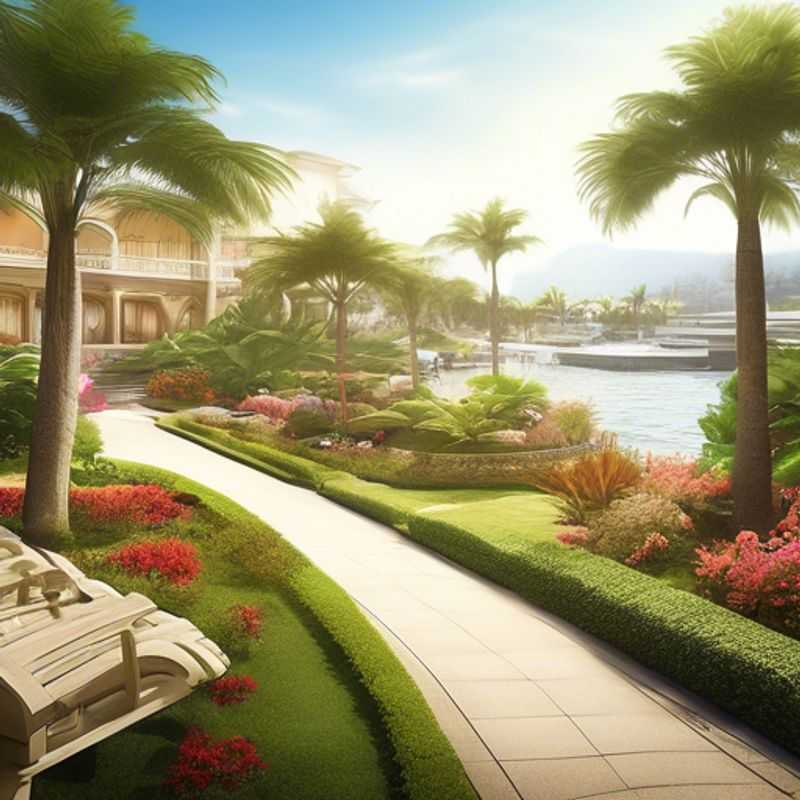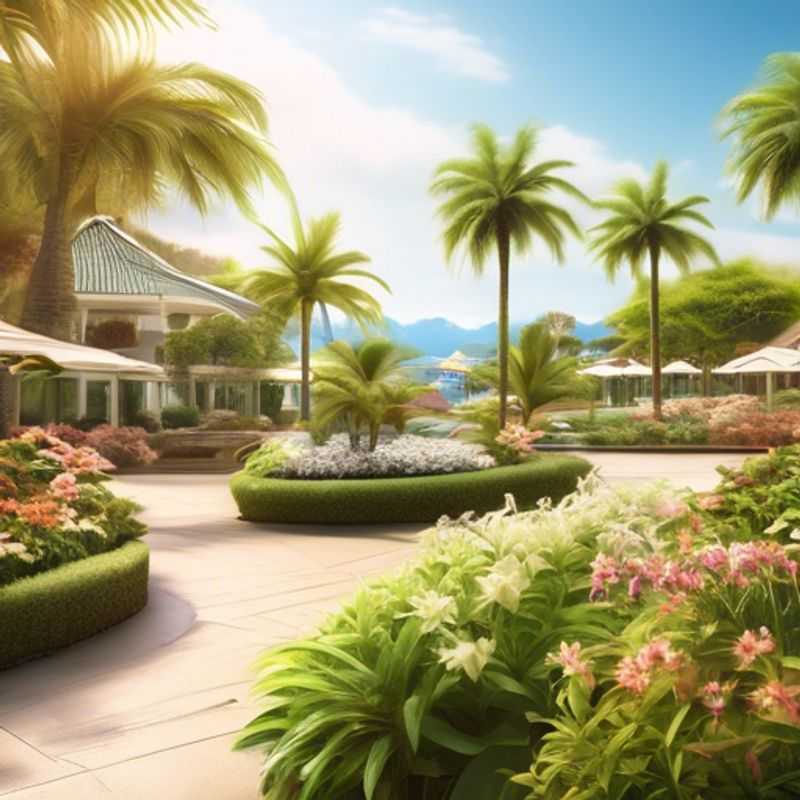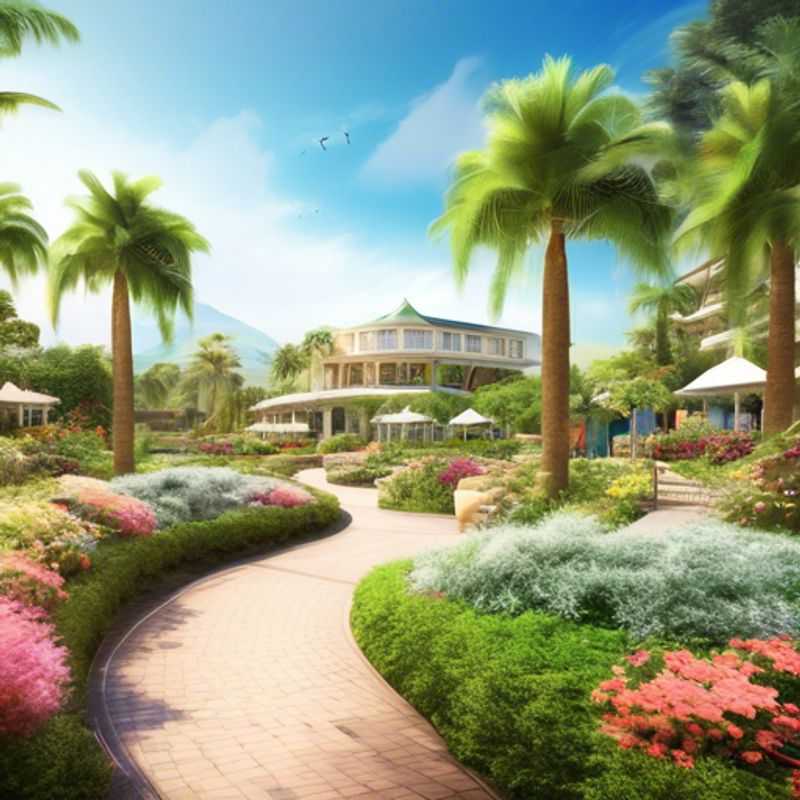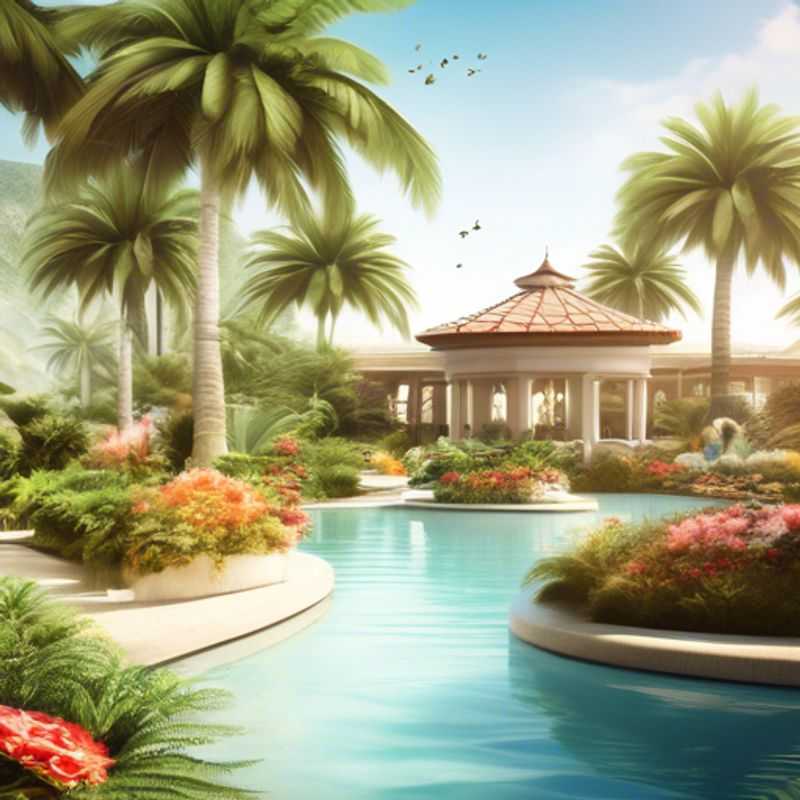Top Things to Know Before Buying Shore Gardens

Top Things to Know Before Buying Shore Gardens: Understand the Climate & Soil, Research Plant Sizes & Habits, Consider Sunlight & Water Needs, Choose Plants for Year-Round Interest, Incorporate Native Species, Plan for Maintenance, Ensure Design Complements Landscape
Creating a beautiful and thriving shore garden is a rewarding endeavor, but it requires some careful planning and consideration.

Plant Selection Success: Matching Plants to Your Local Climate and Soil
When choosing plants for your garden, understanding the local climate and soil conditions is crucial for their success. Knowing your climate helps you select plants that can thrive in the specific temperature range, rainfall patterns, and wind conditions of your area. Understanding your soil type, whether it’s sandy, clay, or loam, is equally important. Soil texture influences water drainage, nutrient retention, and overall plant health. Plants have specific requirements, and matching them to your local conditions increases the likelihood of a flourishing garden. A little research goes a long way in selecting the right plants, ensuring your green space thrives for years to come.

Planning Your Garden: Researching Mature Size and Growth Habits
Knowing the mature size and growth habits of your plants is crucial for successful gardening. Here's a quick guide to help you:
Researching mature size: Look for information on the plant's maximum height and width. This helps you choose the right spot and avoid overcrowding.
Growth habit: Consider the plant's growth habit - does it grow upright, trailing, or spreading? This influences how much space it needs and whether it's suitable for containers, hanging baskets, or beds.
Growth rate: Understanding how fast a plant grows helps you plan accordingly. Some plants grow rapidly, while others are slow-growing.
Where to find information: You can find this information on plant labels, gardening books, websites, and by asking local nurseries or garden centers.
Remember, these are just general guidelines. It's always best to do your research for each specific plant you're interested in. Happy gardening!

Sunlight and Water: Designing Your Garden for Success
Understanding the sunlight and water needs of your garden plants is crucial for their success. Sunlight plays a key role in photosynthesis, the process by which plants convert light energy into food. Water is essential for plant growth and development, transporting nutrients and regulating temperature.
To determine the best location for your plants, consider the amount of sunlight your garden receives throughout the day. Plants are generally classified as full sun (6+ hours of direct sunlight), partial sun (3-6 hours), or shade (less than 3 hours). Choose plants that thrive in the sunlight conditions of your garden.
Water requirements vary significantly between plant species. Overwatering can lead to root rot, while underwatering can stunt growth. Soil type also plays a role, with sandy soil draining quickly and clay soil retaining more moisture. Experiment with watering schedules to find the right balance for your garden. You can also utilize tools like moisture meters to assess soil moisture levels.

Year-Round Color and Interest: Choosing Plants for Every Season
Choosing a mix of plants that will provide year-round interest and color can be a great way to enhance the beauty of your garden. When selecting plants, it's important to consider factors like your climate zone, soil type, and the amount of sunlight your garden receives. Some plants are more tolerant of different conditions than others, so it's best to choose species that are well-suited to your environment.
For year-round interest, it's helpful to select plants with different bloom times and foliage colors. For example, you can choose trees that bloom in the spring, followed by summer-blooming perennials and fall-blooming shrubs. This will ensure there is always something to enjoy in your garden, no matter the season.
Here are some additional tips for selecting plants:
* Consider the size and shape of the plants when they are mature. You don't want to overcrowd your garden, so make sure there is enough space for each plant to grow.
* Choose plants with different textures and heights to add depth and interest to your garden. For example, you can combine low-growing ground covers with taller shrubs and trees.
* Be sure to select plants that are well-suited to your climate and soil type. This will help ensure they thrive and provide you with years of enjoyment.
Remember, choosing plants that will provide year-round interest and color is a great way to create a beautiful and enjoyable garden. By carefully considering your climate, soil type, and personal preferences, you can create a garden that is both attractive and sustainable.

Bringing Nature Home: Incorporating Native Species for a Thriving Ecosystem
Choosing native plants for your landscaping is a great way to support local wildlife and ecosystems. Native plants have evolved alongside the insects, birds, and other animals in your region, providing them with essential food sources and habitat.
Here's why native plants are so beneficial:
They provide food and shelter for local wildlife: Native plants support a diverse range of insects, birds, and mammals. These creatures rely on these plants for food, nesting materials, and shelter.
They help control invasive species: Native plants are better adapted to local conditions and can compete more effectively with invasive species that can disrupt ecosystems.
They conserve water: Native plants are often drought-tolerant and require less watering than non-native species, saving you money and reducing your environmental impact.
They enhance soil health: Native plants contribute to the natural soil ecosystem, helping to improve its structure, fertility, and ability to retain moisture.
Here are some tips for incorporating native plants into your landscape:
Start small: Choose a few areas in your yard to begin with, like a flower bed or a section of your lawn.
Research local native plants: Contact your local extension office or a native plant society to find out which plants are best suited to your area.
Consider the sun and soil conditions: Select plants that thrive in the amount of sunlight and type of soil you have in your yard.
Group similar plants together: This will help create a more natural and visually appealing landscape.
Be patient: Native plants may take a while to establish themselves. Be patient and provide them with adequate care during their first few years.
You can find native plants at local nurseries, garden centers, and even online. Remember, choosing native plants is a great way to make a positive impact on the environment and create a beautiful, sustainable landscape.

Keep Your Garden Thriving: Planning for Maintenance Tasks
A well-maintained garden is a joy to behold, and it all starts with a solid plan. When it comes to tasks like pruning, weeding, and fertilizing, a proactive approach is key. Here's a simple guide to help you get started:
Pruning: This involves removing dead, diseased, or overgrown branches to encourage healthy growth. The best time to prune depends on the specific plant, but generally, late winter or early spring is ideal for most trees and shrubs.
Weeding: Regular weeding is essential for preventing unwanted plants from competing with your desired ones. Hand-pulling is often the most effective method, but consider using herbicides for larger areas. Remember to follow label instructions carefully.
Fertilizing: This provides essential nutrients to promote plant growth. The type of fertilizer and the application frequency vary depending on the plant and soil conditions. Soil tests can help determine your garden's specific needs.
Important Considerations:
* Timing is crucial. Different plants have different growth cycles, so research the best times for specific tasks.
* Tools matter. Invest in quality tools that are well-suited for the job. This will save you time and effort in the long run.
* Keep records. Document when you pruned, weeded, and fertilized each plant. This will help you track progress and make adjustments as needed.
By following these simple steps, you can create a plan that ensures your garden thrives. Remember, a well-maintained garden is an investment in your enjoyment and the beauty of your surroundings.

Blending Beauty: Ensuring Your Garden Design Complements the Landscape
A garden design that complements the surrounding landscape is a key element in creating a harmonious and aesthetically pleasing outdoor space. This ensures that your garden blends seamlessly with its environment and enhances the overall appeal of your property.
To achieve this, consider the following:
1. Analyze Existing Landscape: Before you start designing, assess the existing landscape. Take into account the surrounding trees, shrubs, and topography. You can use this information to create a garden that flows naturally and complements the existing elements.
2. Choose Plants and Materials: Select plants and materials that are native to your region or have similar characteristics to the surrounding landscape. This will ensure that your garden thrives and maintains a natural feel.
3. Consider the Style: Opt for a garden style that complements the architectural style of your home and the surrounding environment. For example, a formal garden might be suitable for a grand Victorian house, while a cottage garden might be more appropriate for a rustic farmhouse.
4. Utilize Color and Texture: Incorporate colors and textures that echo the existing landscape. For instance, if your property is surrounded by lush greenery, consider using plants with similar foliage colors and textures in your garden.
5. Create Visual Connections: Utilize paths, walkways, and other design features to create visual connections between your garden and the surrounding landscape. This can enhance the flow and visual appeal of your outdoor space.
By following these tips, you can create a garden design that complements the surrounding landscape and enhances the beauty of your property.
